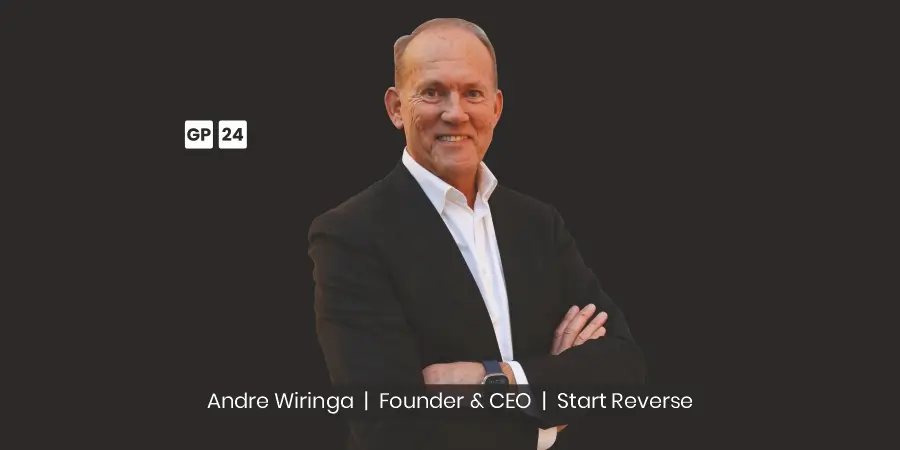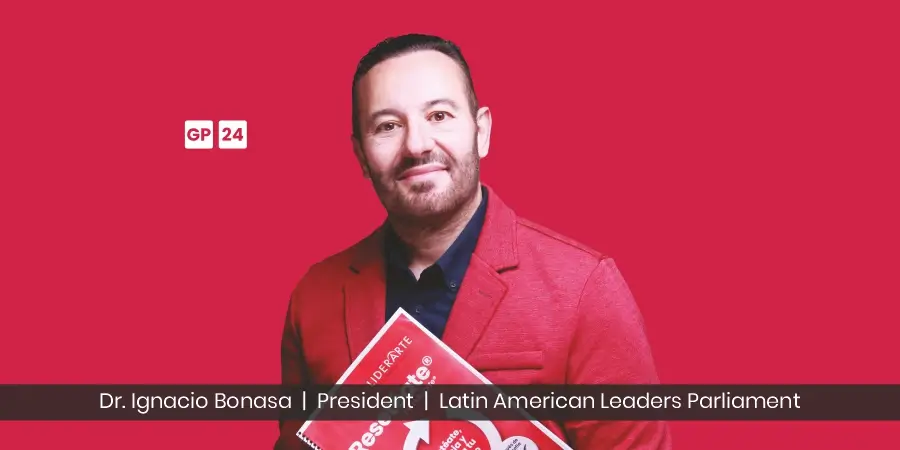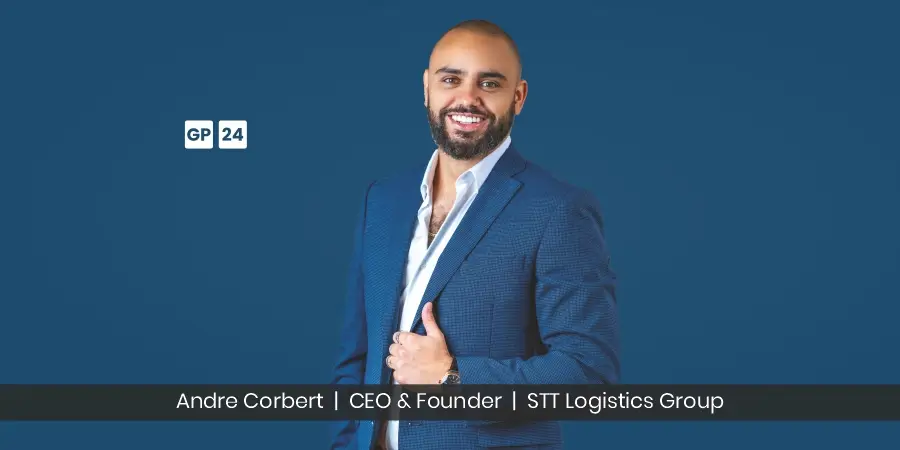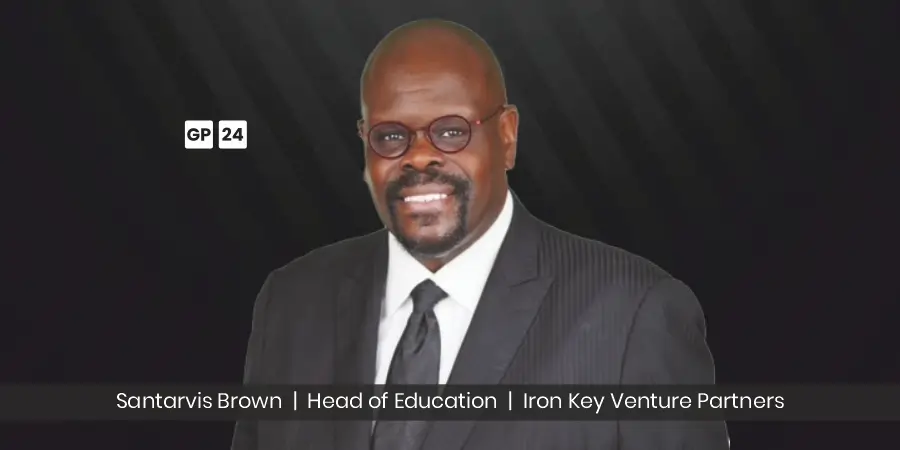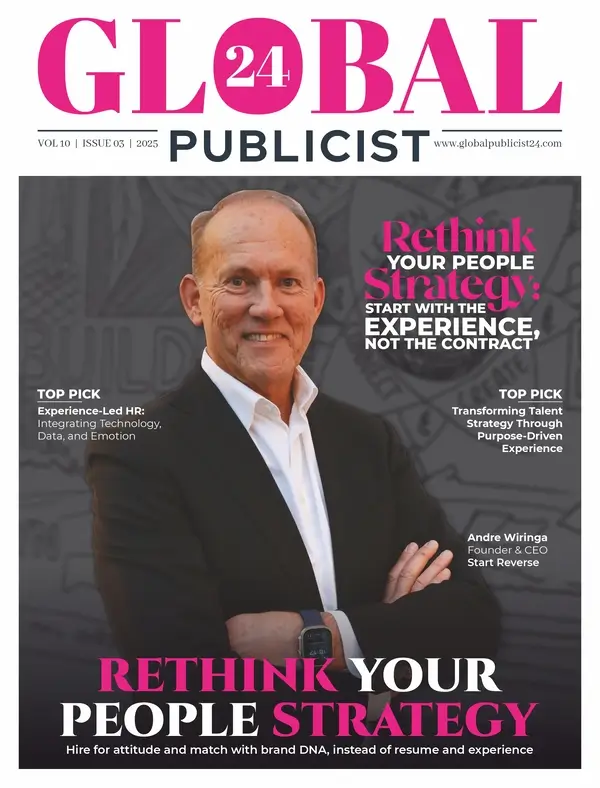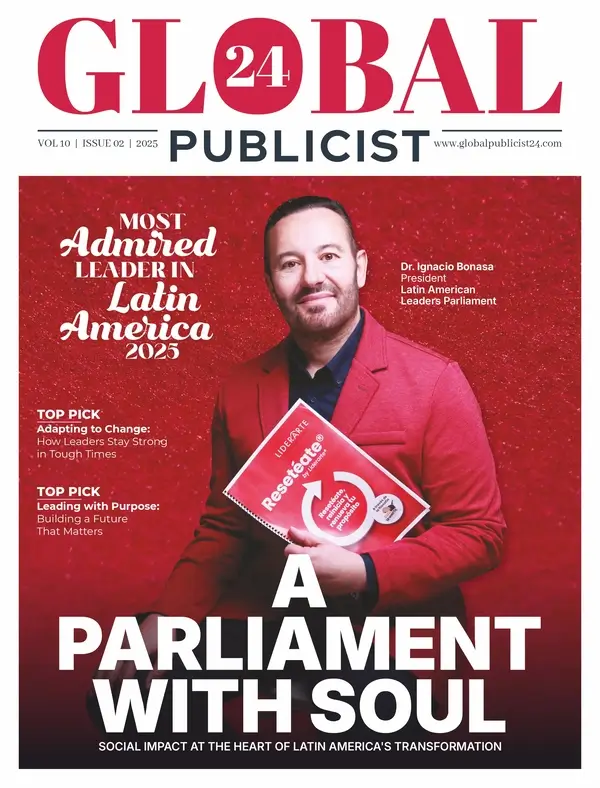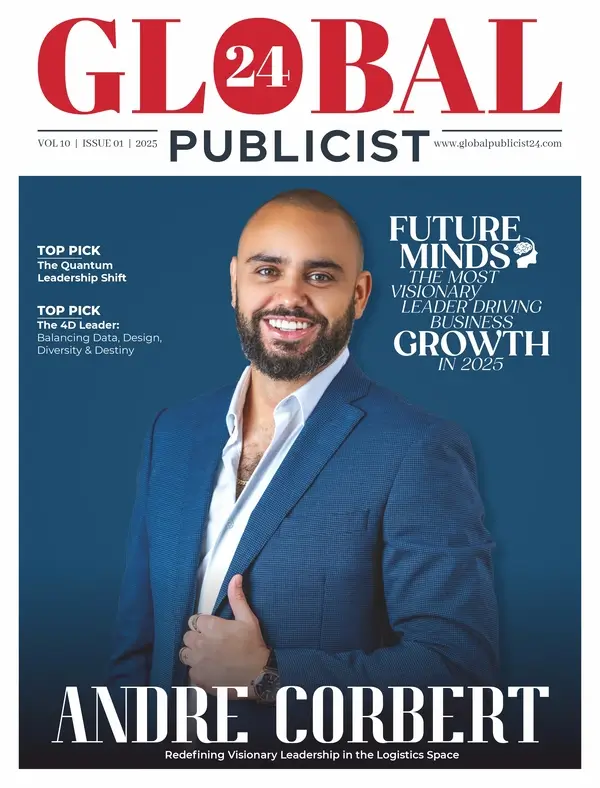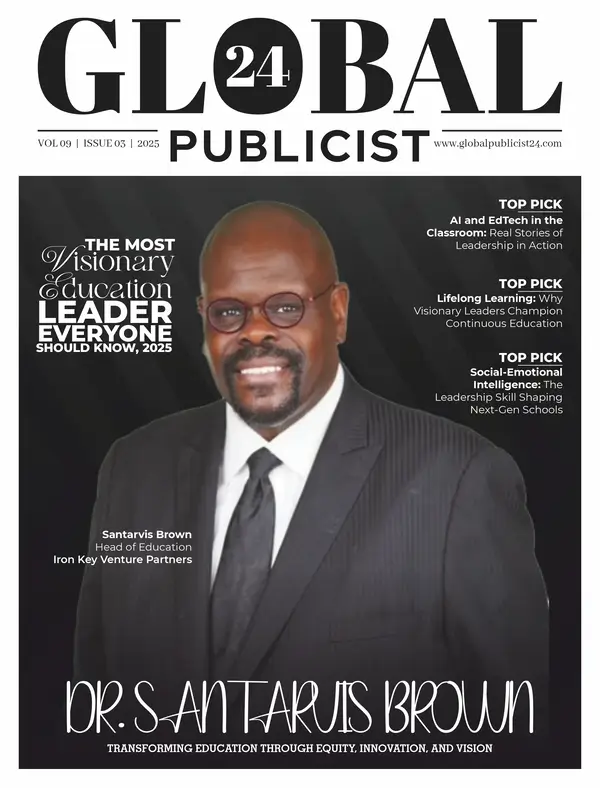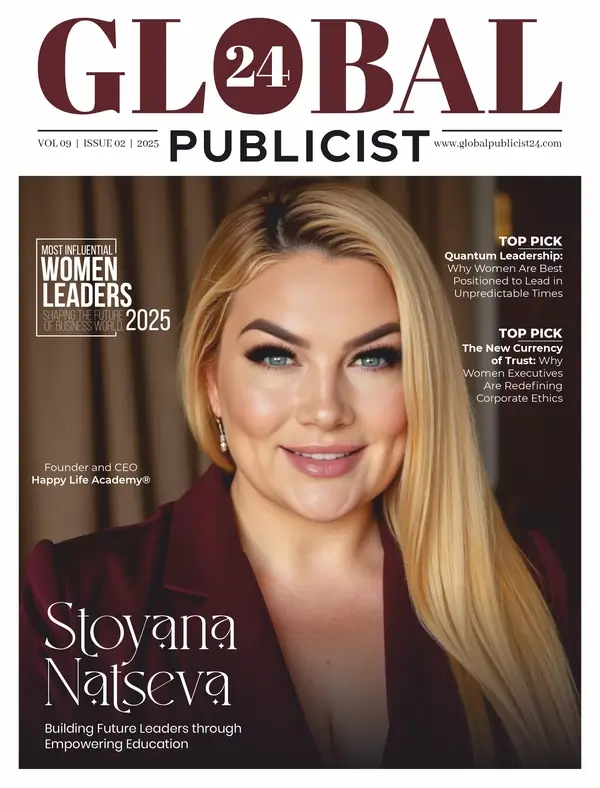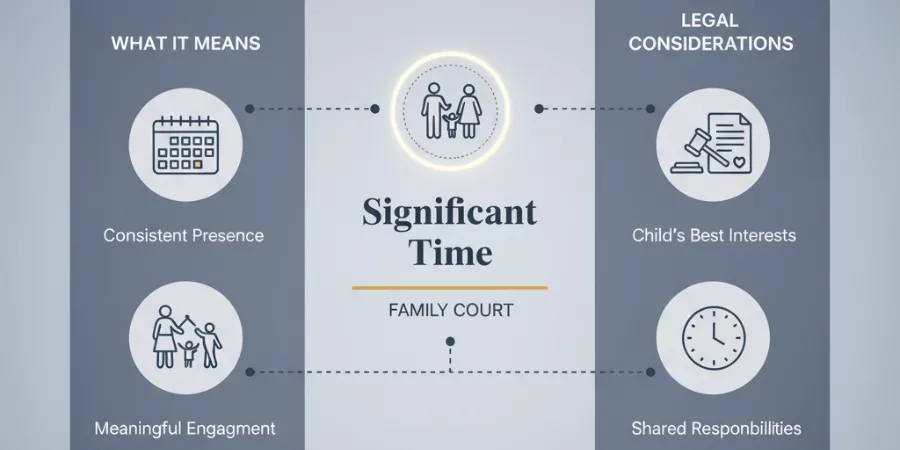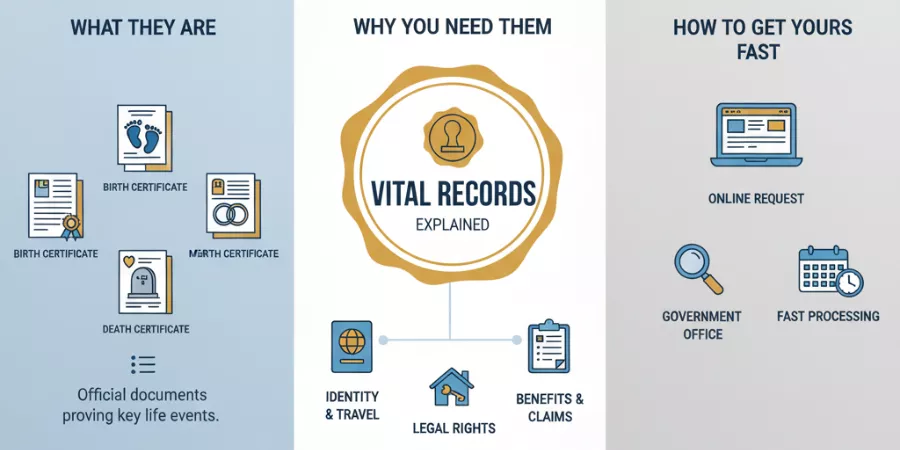The Reverse People Cycle by André Wiringa, Founder and CEO of Start Reverse People are the experience. And the experience is the marketing! “It’s one thing to hire the wrong person. It’s another to hire without knowing why; and that’s the real risk.”
In this competitive and ever-evolving business world, the true differentiator between companies that thrive and those that merely survive is people. Yet, many organisations continue to treat hiring as an operational task instead of a strategic opportunity to shape culture, drive engagement, and accelerate growth. When we focus solely on filling vacancies, we miss the chance to activate the kind of talent that will elevate the entire brand experience.
According to the Society for Human Resource Management (SHRM), up to 41% of new hires leave within their first year, often due to poor onboarding or mismatched expectations. The average cost of a bad hire? Anywhere between 30% to 150% of their annual salary. Beyond cost, poor hires can damage team morale, customer experience, and innovation capacity.
Even more concerning is that only one in three HR leaders believes their hiring process is equipped for future demands. So why do we continue recruiting with outdated mindsets?
Too often, organisations prioritise skills over soul. They hire to solve immediate problems rather than to build future potential. But what if we flipped that logic? What if the hiring process wasn’t about what someone has done, but about who they are and can become?
This is where we would like to invite you to a different perspective.
Let us introduce you to André Wiringa, more than a consultant. He is a cultural architect, a visionary strategist, and a lifelong challenger of traditional business thinking. As the founder and CEO of Start Reverse, André has helped global brands across hospitality, healthcare, retail, and tech transform their internal culture by turning their people strategy inside out. He is the author of two influential books: Start Reverse: The Journey, a practical guide to experience-first transformation, and The Novel, a business fable that illustrates the power of people-led growth.
Through his work, André has empowered thousands of professionals and leaders to see beyond contracts and job descriptions. He invites companies to start with experience, to imagine the emotional, behavioural, and relational journey they want their employees and customers to have, and then build everything else around that.
Quote: “Culture is not taught. It is felt. If you want to transform your customer experience, start by transforming the experience of your people.” Andre Wiringa André believes that people are not managed; they are activated. His mindset is rooted in a fierce belief in emotional connection, purposeful leadership, and everyday relevance. He does not see coworkers as resources, but as story carriers; each one a crucial chapter in a brand’s identity. He challenges leaders to lead less with control and more with curiosity, to replace performance reviews with conversations, and to turn ordinary routines into meaningful rituals.
With a deep belief in human potential and a toolkit rooted in Reverse Thinking, André is here to introduce us to a powerful framework for people activation:
Start Reverse and the Reverse People Cycle. What is the why behind Start Reverse
I’ve spent the last 30+ years working with senior leaders and passionate professionals across industries. The pattern I saw time and again was this:
businesses were trying to grow by focusing on processes, metrics, and structures, yet they were neglecting the very essence of transformation: people.
That’s why I founded Start Reverse. I wanted to offer a practical yet deeply human alternative to traditional people strategies. I believe:
- That people are not managed, they’re activated.
- That culture isn’t taught, it’s felt.
- That the most powerful transformations don’t start with a policy. They start with a purpose.
I created the Reverse People Cycle to guide organisations in reimagining every stage of the employee journey. Not from the lens of administration, but from the experience you want your people, and your customers, to feel every single day. Reverse Thinking flips the script. Instead of starting with contracts and roles, we start with identity, energy, and emotion. Then we design processes and systems around that.
The Reverse People Cycle isn’t just a framework. It’s a mindset. One that begins with heart, not hierarchy. In the next pages, we’ll walk you through how this cycle works—and how you can bring it to life in your organisation.
What do you mean when you speak of ‘Hiring Beyond Skills’
We’ve all been there. The candidate who looked perfect on paper but never quite connected. The team member who ticked every technical box but couldn’t bring energy or empathy into their role. It’s a common story, and one I’ve seen across industries and continents.
That’s why I say: skills can be taught. But mindset, curiosity, and emotional alignment? Those are much harder to instil after the fact. This is why our casting philosophy is so important.
In the Reverse People Cycle, we don’t just hire—we cast. We cast people who already embody our purpose and naturally live the kind of behaviours that create meaningful experiences for others.
When you cast instead of hire, you ask different questions. You look for:
- People who light up when talking about purpose
- Energy that inspires others
- Resilience, openness, and authenticity
For example, one hotel group I worked with shifted from CV-based interviews to immersive casting events. They created space for candidates to show up as humans, not just professionals. The result? Turnover dropped by 23%, and team culture flourished.
When people feel like they belong before they’ve even started, they bring their full selves from day one.
I’ve heard you speak about ‘Experience Comes First’. How does that work?
One of the biggest shifts I ask leaders to make is to stop thinking about roles—and start thinking about experience. What do you want your customers to feel when they interact with your brand?
What do you want your people to experience every single day when they come to work?
That feeling, that emotional intention, must come first. Then we design backwards. That’s what Reverse Thinking means.
In a traditional model, the sequence is:
- Products and services
- Processes
- People and culture
But with Reverse Thinking, we flip it:
- Define the experiencewe want to create
- Design the behaviours and systems that support it
- Then build the services and products around that It sounds simple, but it’s revolutionary. And it works.
When you start with people’s experience, everything becomes more human, more intentional, and more aligned. Your hiring, training, leadership, and even your meetings begin to reflect your purpose.
I understand you have created a Reverse People Cycle. Please share what is reverse about this, and why every employer should consider this approach.
Explain the traditional vs Reverse People Cycle.
Let me guide you through the first three phases of the Reverse People Cycle. Each one is designed to start from purpose and end in alignment.
Insert model with all phases PICTURE
Let’s start with phase 1 – Attract. Can you enlighten me/our readers with your view on this first phase?
- Attract
This is not about traditional recruitment. It’s about resonance. Attracting the right people means articulating a magnetic vision, something that resonates with the heart as much as with the mind. People should see your job offer and feel like it’s an invitation to something meaningful, not just another vacancy.
This means starting with clarity:
- Who are we really looking for, not just in terms of skills, but in energy, attitude, and alignment?
- What kind of experience should they help us create for our customers and teams?
- What makes our environment a place where people can truly grow?We bring this to life through storytelling, social campaigns, and employee advocacy. When your purpose is clear, your employer brand becomes magnetic. It filters in the right energy—and filters out the wrong fit.
- Cast
Casting is a transformational shift away from interviewing. In casting, we create an experience that reflects the role and our culture. Candidates engage in co- creation activities, real-time collaboration, and even moments of surprise or pressure. Why? Because that’s when their natural behaviours emerge.
We’re not looking for the perfect resume; we’re looking for people who already live our story. Who instinctively embody our values. Who can light up a room, collaborate with grace, and show care in small, human ways?
When done well, casting is a two-way mirror. It helps the organisation see the person. And it helps the person feel the culture.
- Immerse
Immersion goes far beyond onboarding. It’s not about policies, manuals, or ticking boxes. It’s about activating belonging from the very first moment.
A strong immersion journey includes:
- Welcome rituals and storytelling moments
- A walk through the brand’s purpose and daily values
- Peer learning, shadowing, and buddy systems
- Micro-coaching moments that reinforce emotional connection
The goal? To transform new hires into ambassadors, quickly, confidently, and joyfully.
The Reverse People Cycle (Grow, Recognise, Sustain, Leave)
- Grow
Growth in the Reverse People Cycle is not a reward; it’s a responsibility. We believe growth must be purposeful, personalised, and ongoing. People grow best when they feel seen, supported, and stretched.
That’s why we use the GROW model:
- Goals: What do you want to achieve that excites and fulfils you?•Reality: Where are you now? What’s holding you back?
- Options: What paths, tools, or ideas could move you forward?
- Way forward: What will you do next—and who will support you?
This isn’t just a coaching tool. It’s a cultural commitment. It turns every leader into a growth partner. And it helps people find meaning in their journey, not just their job.
- Recognise
If culture is what you do when no one is watching, then recognition is how you tell people: “Yes, that’s it. That’s what we stand for.”
We believe in spontaneous, emotional, daily recognition, not just end-of-year awards. We celebrate behaviours, not just outcomes. We praise effort, not just success. And we do it in ways that feel human, not corporate.
From digital praise walls and Slack shoutouts to handwritten notes and standing ovations in team meetings, you can make the invisible visible. And in doing so, you make culture contagious.
- Sustain
Sustaining culture is the art of rhythm. It’s about turning your values into daily habits. It’s about designing rituals, reflections, and feedback loops that reinforce your purpose over time.
To sustain culture, we recommend:
- Weekly rituals that reconnect teams with purpose (like a Pulse Check or STAR Story share)
- Gamification that keeps behaviours top-of-mind
- Peer coaching circles that fuel learning and feedback
- Regular energy audits to check if people feel energised, aligned, and appreciated
Sustainability isn’t about perfection. It’s about presence. Showing up for your people again and again.
- Leave
This phase is often neglected, but it holds immense potential. When someone leaves your organisation, the story doesn’t end. It simply changes chapters. You can design offboarding experiences that:
- Celebrate the person’s contribution
- Invite reflection and feedback
- Offer closure, storytelling, and shared meaning
- Equip leavers to become brand ambassadors in their next chapter
Some of our partners host Legacy Lunches, farewell rituals, or send a handwritten note from leadership. The intention is simple: people may leave your company, but they’ll never forget how you made them feel.
That feeling—that legacy—is the mark of a culture worth belonging to.
As you’ve seen through each phase of the Reverse People Cycle, this is more than an HR framework; it’s a cultural movement. By beginning with experience, we honour the human spirit that drives performance, innovation, and loyalty.
When we attract from purpose, cast with empathy, and immerse with intention, we don’t just hire; we build trust. When we grow people from the inside out, recognise what matters, and sustain meaning through daily rhythm, we don’t just manage; we inspire. And when we let people leave with pride and presence, we don’t just close a chapter; we write a legacy.
The Reverse People Cycle challenges you to lead with heart. To prioritise identity over identity cards, energy over expertise, and purpose over process. This is your invitation to flip the script on how people experience work. Start with the experience. Not the contract. To deepen this exploration, we asked André a few reflective questions on the Reverse People Cycle and the future of work.
What sparked the idea behind the Reverse People Cycle?
Over the years, I witnessed countless organisations rushing into hiring, onboarding, or performance reviews with a checklist mindset. But very few were asking the foundational question: “What kind of emotional and behavioural experience do we want our people to have here?” It struck me that culture wasn’t something we should fix after hiring; it should guide how we hire in the first place.
I created the Reverse People Cycle to offer a framework that begins with experience as the blueprint, not policy or process. Because when you design around how people feel, everything becomes more aligned, more human, and ultimately, more effective.
How can companies start applying this model?
The key is not to wait until you have everything figured out. Pick one phase, maybe Immersion, if you want to improve onboarding, or Recognition, if you want to strengthen culture, and redesign it to reflect your purpose. Focus on emotions, not just activities. Make people feel connected, valued, and energised. Once one phase is working well, you’ll naturally build momentum to evolve the others. Reverse Thinking is scalable, flexible, and meant to be adapted. But it all starts with a genuine intention to lead with relevance.
What’s the future for the workplace in terms of hiring and retention?
We’re stepping into an era where emotional intelligence, values alignment, and personal purpose will weigh more than formal qualifications. The next generation of employees wants to feel a sense of belonging, not just a role. They want to be recognised not just for outcomes, but for who they are and how they contribute. Retention will come down to how well an organisation honours the whole human, not just the performer. Workplaces that embed meaning, flexibility, and human connection into their culture will have a competitive edge.
How can companies improve engagement to drive retention?
Engagement is not a programme, it’s a relationship. It’s the day-to-day feeling of being seen, heard, and supported. To improve it, leaders need to shift from managing tasks to nurturing connections. That means listening deeply, giving timely recognition, co-creating growth plans, and creating micro-moments of care.
Rituals, like morning check-ins or weekly pulse reflections, can help teams stay emotionally aligned. If you wait for a survey to discover disengagement, it’s already too late.
What’s one mistake organisations often make when designing their people strategy?
They focus too much on structure, policy, or process, and not enough on the emotional journey. Your people strategy is not just a set of tools. It’s your story in motion. It’s how your purpose comes to life in every interaction, every meeting, every milestone. When organisations overlook the power of storytelling, symbolism, and behavioural clarity, they end up with a strategy that might be efficient but fails to inspire.
How do you know someone’s a good fit without relying on CVs?
You observe how they show up in the moment. Do they bring curiosity? Do they listen with care? Do they radiate the energy you want your culture to feel like? We use behavioural prompts and casting moments to uncover mindset and emotional alignment. Ask them to reflect on a time they surprised someone, or how they made a guest feel special. If someone naturally shares stories aligned with your brand values, they’re probably a great fit, even if they don’t tick every technical box.
Can the Reverse People Cycle work in every industry?
Absolutely. We’ve applied it in hospitality, banking, healthcare, education, energy, automotive and tech. Why? Because people are people. Whether you’re serving hotel guests or designing software, the core need remains the same: belonging, purpose, and recognition. The Reverse People Cycle is industry-agnostic. It adapts to context but always starts with one question: How do we want people to feel when they work with us? Once you answer that, the cycle helps you make it real.
From Framework to Movement
André Wiringa doesn’t just invite us to rethink HR; he dares us to re-feel it. What started as a counterintuitive question, “What if we started at the experience, not the contract?” has grown into a people-first philosophy that is reshaping how organisations around the world attract, activate, and grow talent.
The Reverse People Cycle isn’t only for hospitality brands or culture champions. It’s a reminder to all leaders: if you want to build a business that lasts, start by designing how it feels to work there.
Because when we cast for potential, immerse with heart, grow with intention, and recognise with care, we don’t just build great teams. We create communities of purpose. We turn coworkers into ambassadors. Leaders into EPIC role models. And turn ordinary workplaces into meaningful movements.
This isn’t just about doing HR differently. It’s about choosing to lead differently.
Start with the experience.
Stay with the purpose.
End with a legacy.
Discover more at startreverse.com and explore how the Reverse Philosophy can transform your people strategy, leadership, and culture, from the inside out.

